CTRL+K
CTRL+K
In Morocco’s breathtaking landscapes, nestled between towering Atlas Mountains and sprawling Sahara Desert sands, lies a delicious and meaningful food treasure – Tafarnout bread. This modest yet vital loaf is more than just a daily staple for the traditional Berber people. It symbolizes their rich cultural heritage and way of life in Morocco’s rural villages. Tafarnout bread holds special importance, connecting generations through a cherished culinary tradition passed down for centuries. Baking this rustic flatbread is a ritual steeped in history, with every step reflecting the Berbers’ deep respect for nature’s bounty and the art of simple, flavorful cuisine.
Tafarnout, also known as Tabornoucht, has a long history that goes back many years ago in the Berber communities of North Africa. The Berbers are the native people of this region, and they have always kept their own unique customs and traditions alive, including the art of making bread. Tafarnout bread showcases the Berbers’ ability to use what is available in their local environment and their clever techniques that have been passed down from generation to generation. Using simple ingredients found in their surroundings, like different grains and seeds, the Berbers developed Tafarnout to sustain them through their daily lives.
Tafarnout is a delightful traditional bread that stands out for its simplicity and natural ingredients. Moreover, it is typically made using just a few basic components – semolina flour, water, salt, and sometimes a touch of yeast. However, the true magic lies in the kneading process. Skilled hands, passing down techniques through generations, knead the dough patiently until it reaches the perfect consistency – smooth yet firm, a delicate balance achieved through years of experience.
Once the kneading is complete, the dough is shaped into circular discs and flattened by hand, a testament to the artisanal nature of this bread. The baking process is where Tafarnout truly shines. Traditionally, it is baked in a clay oven known as a tannur or tabouna, which imparts a unique and absolutely irresistible flavor and texture. The bread is placed directly on the oven’s inner walls, where it bakes quickly over an open flame, allowing the natural heat to work its magic. The result is a rustic masterpiece – a bread with a slightly charred, crisp exterior that gives way to a soft, chewy interior, a delightful contrast that tantalizes the senses.
Tafarnout is more than just a type of bread for Berber families. It represents togetherness and kindness to others. When families and friends come together, they often share a freshly baked Tafarnout. They tear off pieces to eat with their meals of delicious tagines, couscous dishes, and richly seasoned stews. Tafarnout brings people close as they enjoy the flavorful foods and each other’s company. Sharing Tafarnout during big meals and celebrations is an important tradition for Berber people. It shows that they value spending quality time together and treating guests with warmth and generosity.
When you visit the picturesque Atlas Mountains or charming villages in Morocco, you’ll encounter the delicious Tafarnout bread. This humble yet flavorful bread represents the authentic Berber tradition. Local bakers skillfully craft it using simple ingredients, imbuing it with a homemade quality that delights the senses. As you bite into the freshly baked Tafarnout, still warm and fragrant from the oven, you’ll immediately understand its appeal. Its rustic, slightly smoky flavor perfectly complements local delicacies like olive oil, honey, or the rich and nutty Amlou paste made from almonds and argan oil. Versatile and satisfying, Tafarnout pairs beautifully with hearty tagines, spicy couscous dishes, or can be savored on its own as a wholesome snack.
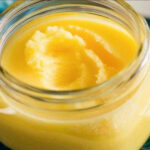



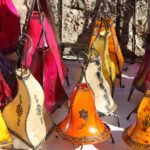
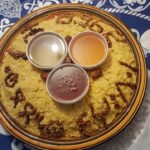
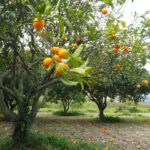





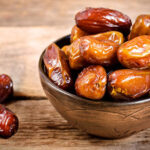

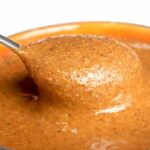

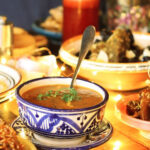
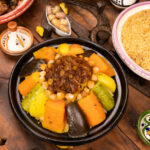
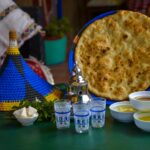
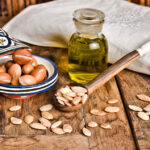

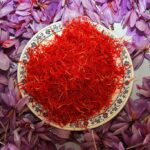

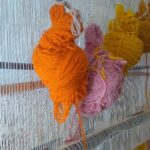


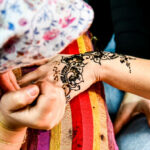


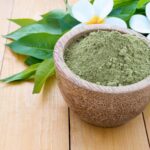
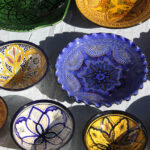





There are no results matching your search.
Reset